
Monday, April 2, 2007
"Day at Heritage and Science Park"
5:08pm

Monday, April 2, 2007
"Day at Heritage and Science Park"
|
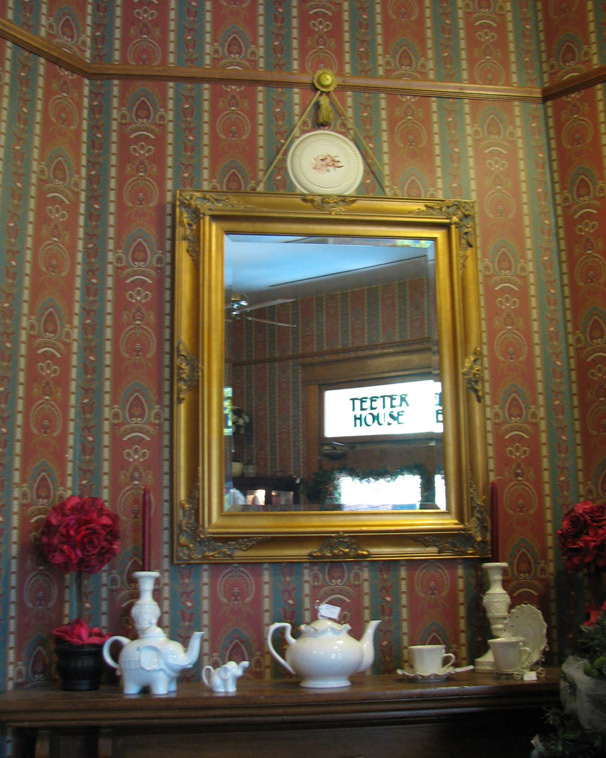
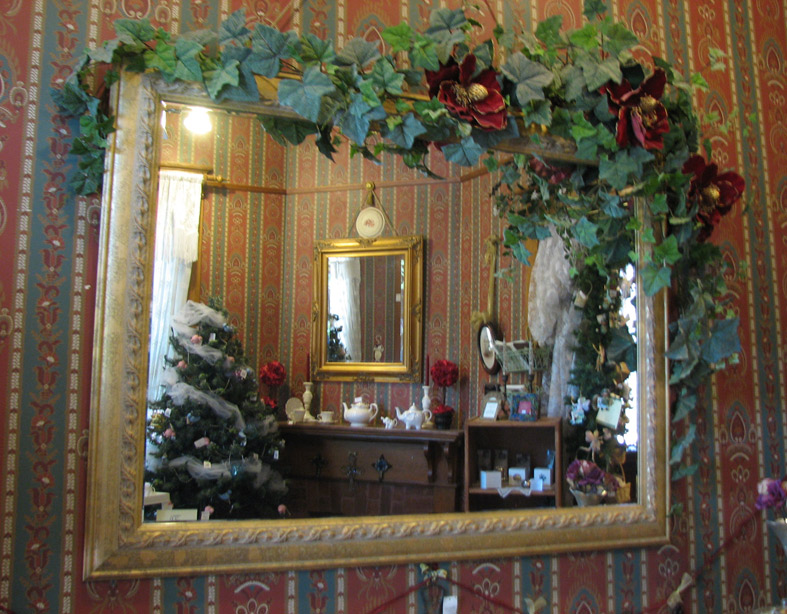
I'm not sure why they still have Christmas ornaments up, but it sure is pretty.
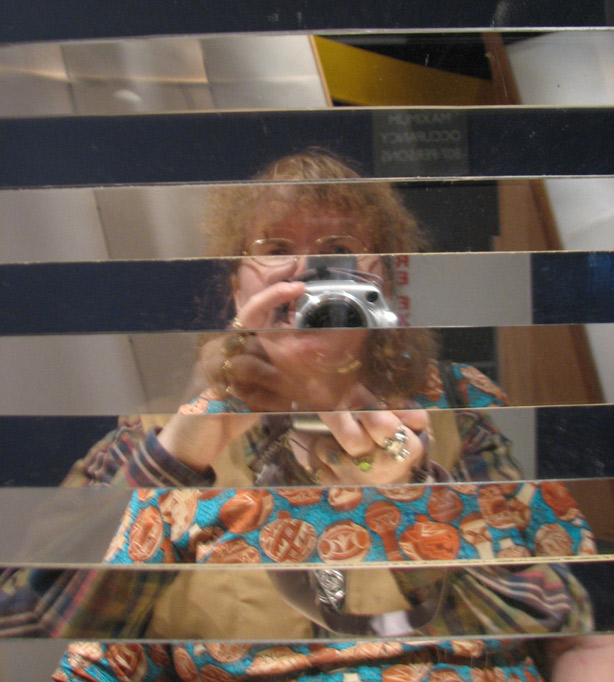
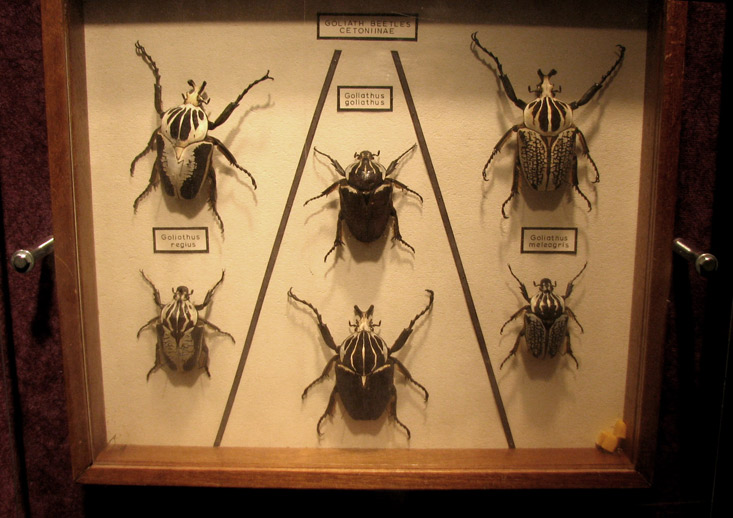
An entire wall was devoted to scarab (aka 'beetle') displays. These are 'GOLIATH BEETLES'
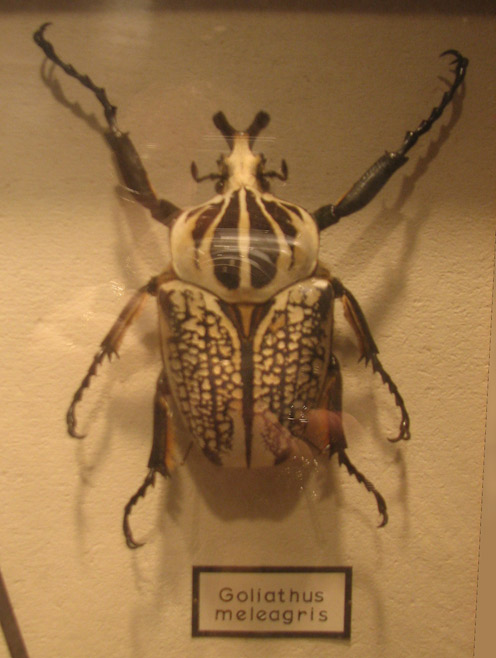
"Goliathus meleagris" (aka 'Goliathus orientalis') can be as big as 6 inches (15cm)
"Goliathus beetles are so large that when in flight they actually sound like tiny helicopters."
quote source http://www.naturalworlds.org/goliathus/index.htm>
|
The last time we went to the Arizona Science Center was back in 1998, and I described the experience very thoroughly. We did some of those same things, including walking the bridge with the rubber balls, but also did different things, including enjoying watching magnetic filings dance to various songs. The three o'clock time was for an Imax movie about the human body. Somehow they were able to get tiny cameras into all systems of the body to really show how digestion, respiration and blood circulation happen. This movie enabled us to better understand the exhibits we next saw. There were about 200 genuine human specimens, including entire bodies, individual organs and transparent body slices which were preserved through the process of plastination, a technique that replaces bodily fluids and fat with reactive plastics. We saw healthy livers contrasted with unhealthy livers, nice clean lungs contrasted with ugly black diseased lungs, normal hearts and enlarged hearts, and the two reproductive systems. Female bladders aren't any smaller than male bladders, but when they fill, they press against the uterus, which might cause a greater sense of urgency. There were also a series of fetuses preserved at various stages of development. Before the plastination technique was developed, scientists had to use formaldehyde. Thus it was that in the late sixties (or was this the visit in the early eighties?), I remember a fetus series at Chicago's Museum of Science and Industry that were floating in jars of formaldehyde. In addition to being not as aesthetically pleasing, much details were lost as this method doesn't entirely prevent decay. I learned about this exhibit relatively near to me from a source far away from me, a favorite Finnish blogger. Apparently, some controversy has followed the exhibit. From reading Tapio's journal, I surmise that some people don't care for the way some of the specimens look rather like sides of meat. Well, the human body is composed of 'meat'. Perhaps vegetarians can better handle this fact, for they understand that meat eaters are consuming a deceased (murdered) animal's muscles. What is the difference between human 'meat' and animal 'meat'? Certainly, without the animating soul, 'meat' is 'meat'. One vegetarian we know saw the exhibit not once but twice. I didn't find the exhibits 'denigrating' to the deceased, but rather I am grateful to those who volunteered that on death, their bodies be used for such educational purposes. Photos were not allowed, so I took a sketchbook in with me. I attempted a sketch of one display, mostly skelton, but with eyes and neck muscles, of a kneeling 'plastinate' holding his heart in his hands, gazing upwards, seemingly inquiring about aspects beyond the material:
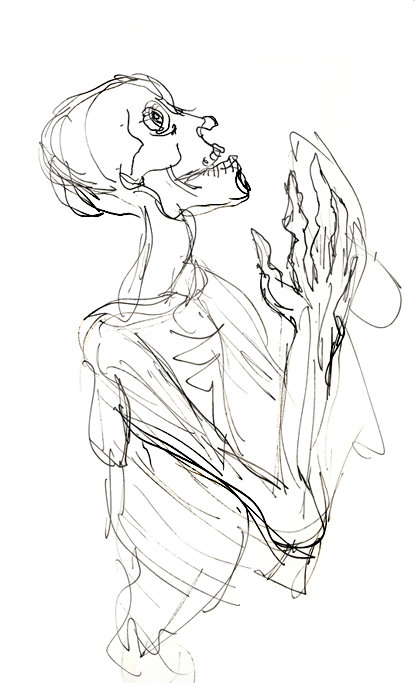
I am very glad to have seen the show. Exiting the show, we entered the cool early evening air. I took a photo of Julia near one of the buildings at the Historic Heritage Square: |
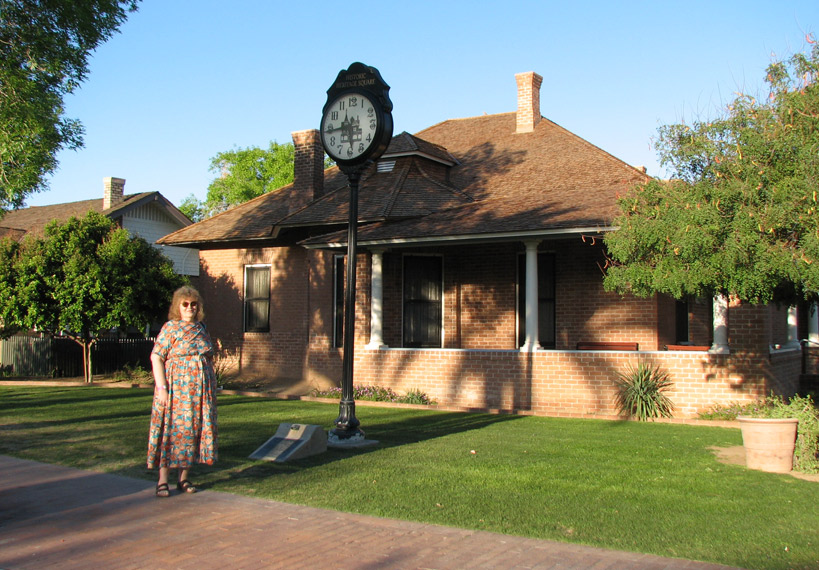
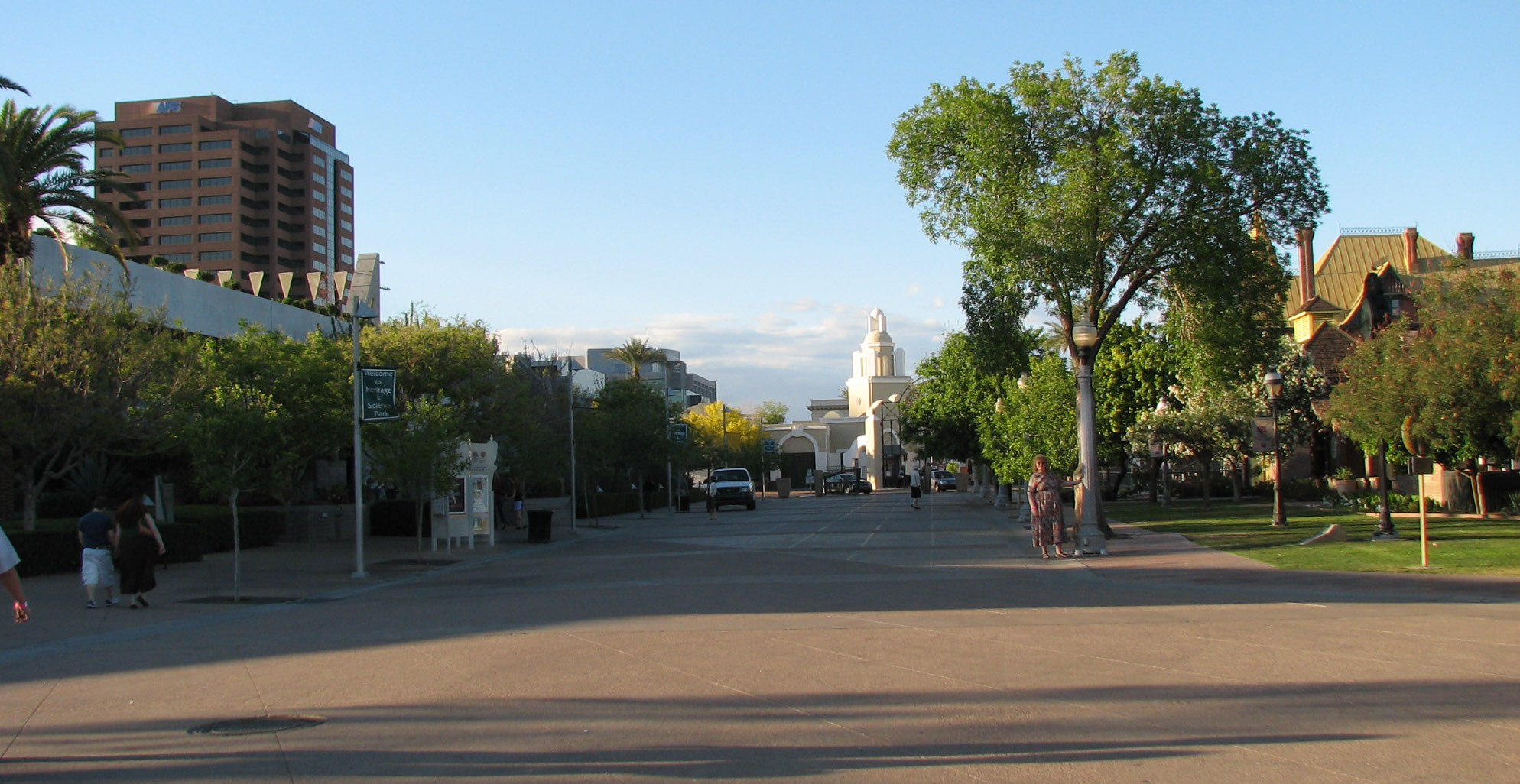
This larger view of the Square opens up the view to regions beyond... (full size underneath)
![]()
© Joan Lansberry